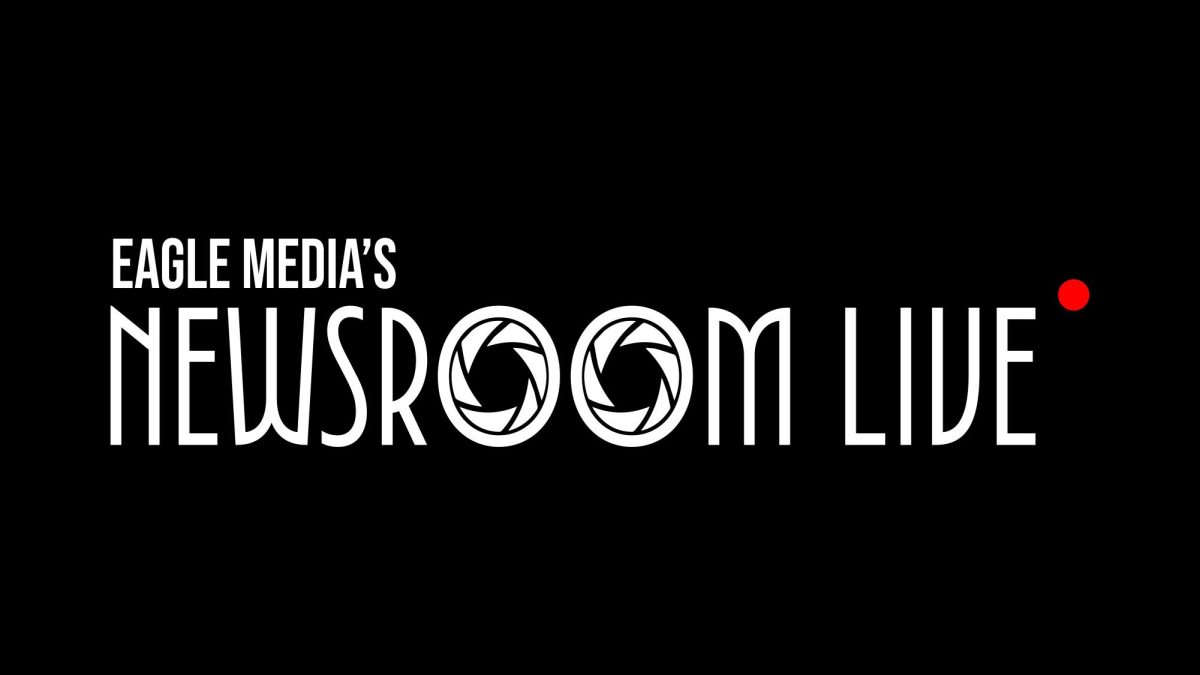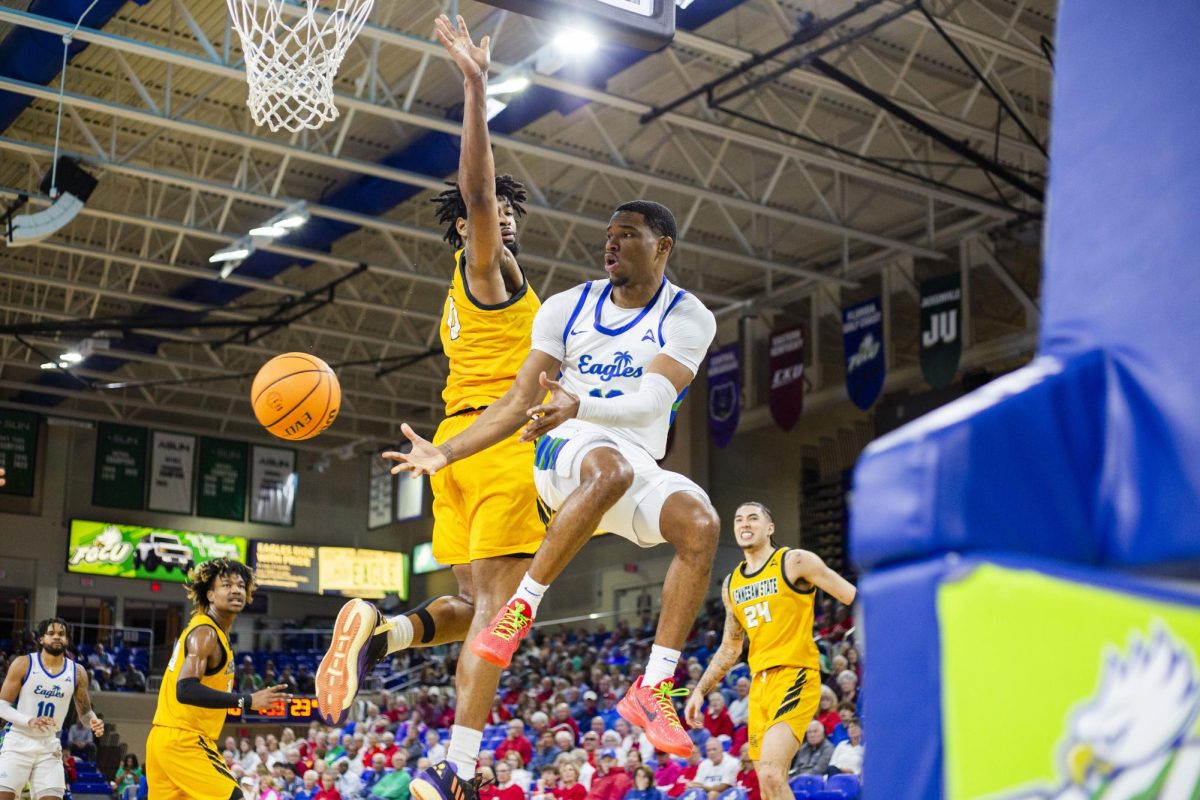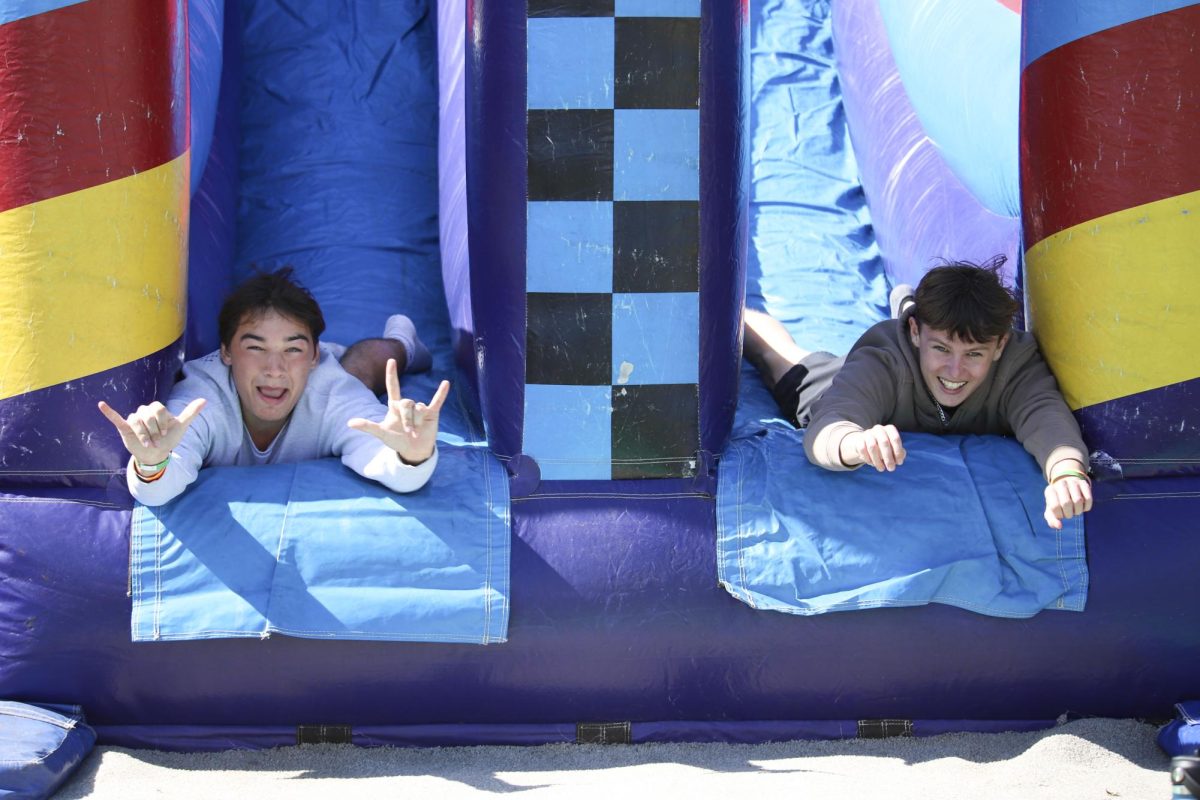In the sports industry, many positions must work in unison to complete a successful season.
One position that many fans don’t know about is the sports information director (SID) as they are responsible for connecting the athletic department to the media. It is how the fans find out all of the information about their favorite athletes.
Ryan Field, the SID for men’s soccer, softball, swim and dive and men’s tennis, provided an in-depth look at what the position entails.
Five Things to Know:
1) Many SIDs start as student workers or graduate assistants. Those in this position spend many years garnering experience in the athletic department. Once ready, they will be assigned a sport to look over.
2) While the media reaches out to the SIDs to line up potential interviews, it’s a two-way street. SIDs look at different angles to find a unique story about their athletes that the media may want to hear.
3) After every game, the SID is tasked with writing up a recap of the game in a timely manner consisting of the positives of the game and downplaying the negatives. It discusses stats, individual scores, and quotes from players and coaches that must be written two hours after the game concludes.
4) While SIDs attend every home game, they are restricted in their travel. The only time they travel is for postseason tournaments or game days that are one-day affairs.
5) During gameday, SIDs complete numerous tasks. They help record the stats during the game, substitutions of different players, postgame interviews and, when on the road, take photos of the action on the field.
How do you prepare yourself for each sport you cover?
“You have to learn every sport, and you kind of have to be knowledgeable on pretty much everything as it pertains to sports,” Field said.
Since you cover a multitude of different sports, how do you manage both at once?
“Certain sports have different needs in terms of game production,” he said. “It’s rare that this happens, but if it does, just have another SID cover the least intense sport.”
How do you organize media requests?
“SIDs are fielding requests and divvying them up,” Field said.”If you wanted to talk to the coach, you could only do it at a certain time. It was very much so you weren’t pitching to the news on stories, they would come to you.”
How do you balance the relationship between the athletes and the media?
“Sometimes the media doesn’t like it, but I don’t care, because my number one priority is my 93 athletes,” he said. “We are here for the student-athlete experience. Sometimes I have to get in the way of the media to make sure that athletes feel safe.”
What do you do if the media puts you in a tough situation?“Some things are not allowed, and they have to respect that. Otherwise, they don’t have to be here. It’s a matter of making sure that they understand that type of stuff,” Field said. “I also think about knowing who to pitch to in certain situations. Let me pitch to this person because certain people might be more sensitive with certain subjects.”



































